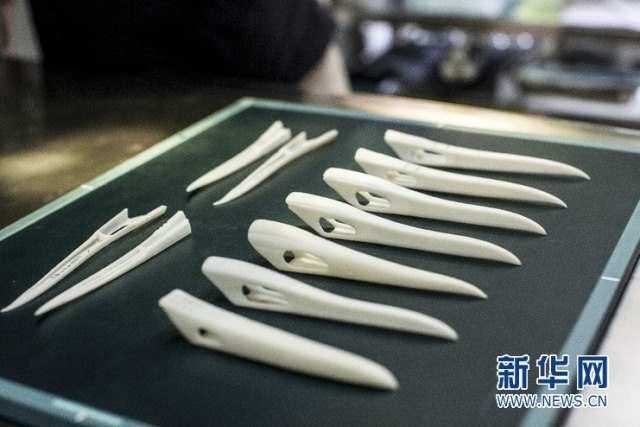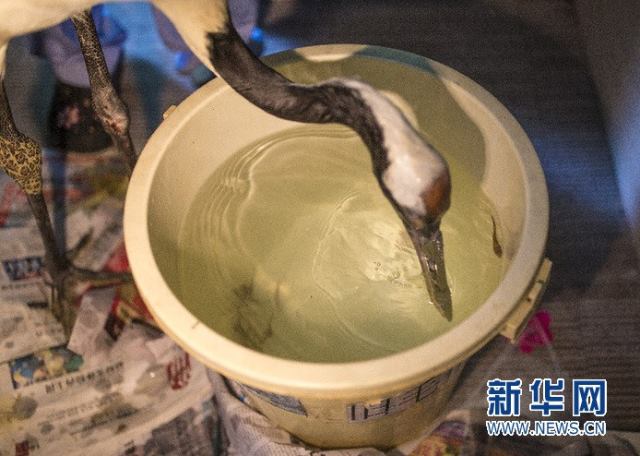Veterinary Surgeon’s Save Bird’s Life with 3D Printed Beak
A bird’s had a 3D printed ‘beak job’ after ruffling a few feathers at Guangzhou Zoo, China. As we’ve discussed before creatures of the feathered variety aren’t new to the benefits of 3D printing, last year a couple of toucan’s had their beaks replaced and it seems to be a developing trend among the avian species!
This bird featured is a red-crowned crane who goes by the name of Lili. Red-crowned crane’s are renowned for their aggressive nature, and this bird is no different! Lili got into a little bit of trouble recently after losing a fight which resulted in part of her beak getting broken. This meant she was then unable to feed herself, and created a worrying situation for zoo keepers. No Food. No Lili.
A Clever Solution!
Luckily the zoo keepers came up with the ingenious idea of 3D printing her a replacement beak. They set Chinese veterinary surgeons to work, crafting a perfect replacement for the birds missing piece. Initially they started by taking precise and exact measurements from the birds wounded area. Followed by printing off various plastic prototypes, to gauge the right size.
Once settled, the final piece was printed in titanium. As opposed to plastic, the titanium will be durable enough to withstand the birds active lifestyle in her predicted 50+ years to follow. The bird underwent a 30 minute installation process, so that zoo keepers could ensure the perfect fit.
Lili demonstrated just how successful the implant was by using her new beak to eat some fish from a bucket. Mission accomplished! Hopefully Lili will put her new beak to good use and live her life peacefully in the serenity of Guangzhou Zoo. However now having one of the most lethal weapons/beaks in the zoo. We feel a bit sorry for whoever started the fight!
Red-crowned cranes have suffered a worldwide population decline of about 1,500 in recent years. Consequently making them an endangered species. It’s great to see 3D printing being put to a good use and preventing any further loss to such a beautiful species.





